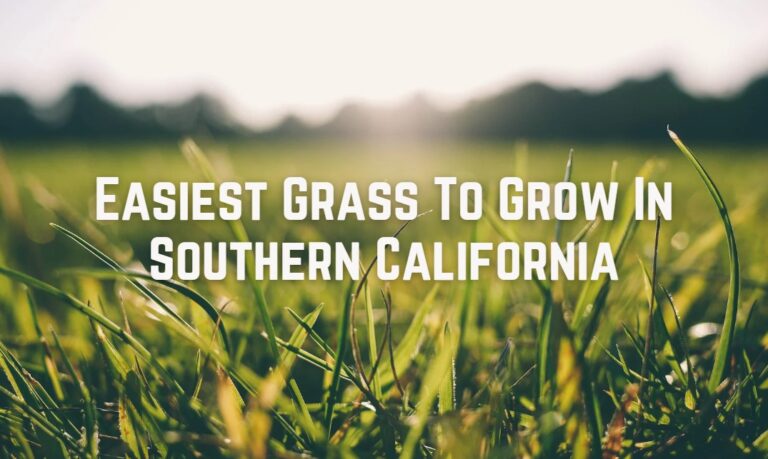Southern California’s climate can be challenging for homeowners looking to maintain a lush and vibrant lawn. With hot and dry summers and mild, wet winters, finding the right grass to grow in Southern California can be a difficult task. However, with the right knowledge and preparation, a beautiful and resilient lawn can be achieved.
In this article, we’ll explore the top grasses that are best suited to grow in Southern California’s unique climate. When it comes to choosing the right grass for your lawn, it’s important to consider several factors such as water availability, soil type, and sun exposure.
Drought-resistant grasses that can withstand the hot and dry summers are an excellent choice for Southern California.
Additionally, grasses that require minimal maintenance and can tolerate different soil types will save you both time and money in the long run. While there are several types of grasses to choose from, some are better suited to the Southern California climate than others.
In the following paragraphs, we’ll take a closer look at the top grasses that are easy to grow and maintain in Southern California, helping you to achieve a lush and healthy lawn all year round.
Since different types of grass thrive in different environments and can take different amounts of wear, your property’s location and intended use will guide your choice of lawn.
As you transform your yard with the easiest grass to grow, consider complementing your green lifestyle by indulging in the culinary delights offered by the best vegan restaurants in Long Beach, showcasing an array of mouthwatering veggie dishes to savor.
Variables You’ll Need to Consider when Choosing a Grass
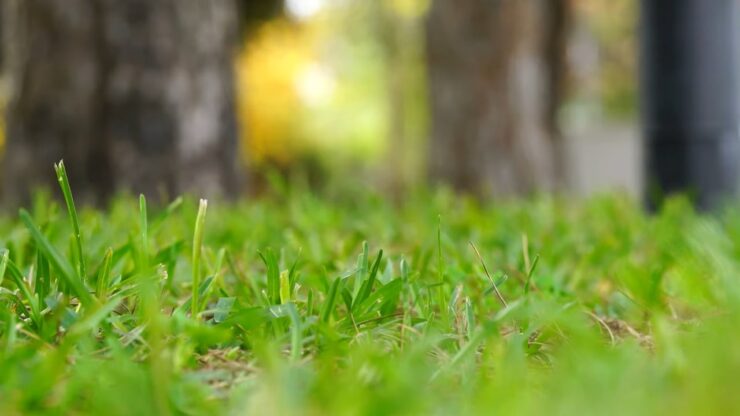
Location
Choosing the right grass for your lawn in Southern California depends on your location. Coastal regions have sandy soil and moderate temperatures, while the interior is hotter. Southern California is mostly in the transitional growing zone, meaning both cool and warm season grasses can thrive at different times of the year.
Use
For high-traffic lawns, it’s important to choose a durable grass that can withstand regular use without getting damaged. However, some yards may require more delicate grasses for erosion control or to limit foot traffic.
Landscape
When choosing the right grass for your yard, it’s important to consider factors like sunlight and temperature. While some grasses require direct sunlight, others can grow in shade and cooler temperatures. It’s also essential to take into account your yard’s features, such as trees and buildings, to determine the ideal grass or grass mix for your lawn.
Germination period
Some grasses grow faster than others, and if you’re planting a yard that needs to grow in quickly, or repair itself if damaged, certain grasses are better than that are slow growers and/or can’t self-repair.
Seasonality
Since much of California is in the transitional zone, cool-season grasses can be planted when temperatures are in the 60s. Warm-season grasses can be grown when daytime temperatures are consistently above 65 degrees.
Warm-Season Grasses
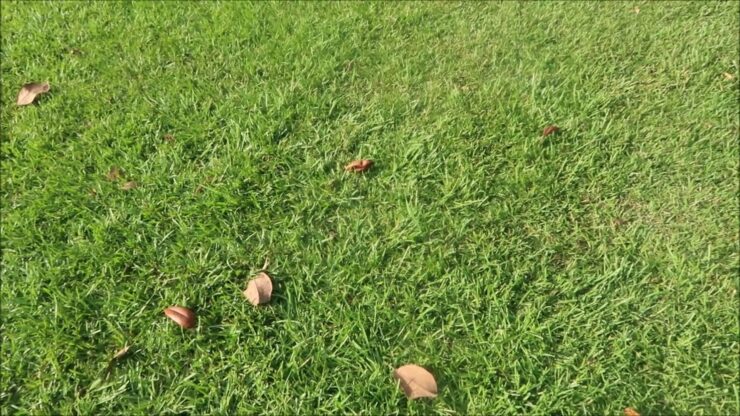
Southern California’s warm, sunny climate is hospitable to many warm season grasses. The top choices among them include:
- Buffalo
- Bermuda
- Zoysia
- St. Augustine
Buffalo
Buffalo grass is a great choice for lawns in the eastern portions of California during the summer months. This grass is native to the great plains and can tolerate the hot and dry weather as well as the clay-heavy soils of inner California. Its deep roots and stolons allow it to tolerate drought and require less watering, but it’s not recommended for high-traffic areas.
While Buffalo grass spreads quickly, it prefers full sun and is not well-suited for shade or cool temperatures. With proper irrigation, it can withstand the heat of summer, but it will go dormant in cooler weather. Although it takes time to establish itself, its stolons will quickly repair any damage caused to the grass.
In summary, Buffalo grass is a hardy ground cover that is perfect for lawns in eastern California. It requires minimal watering and can tolerate drought, but it should be planted in full sun and is not suitable for high-traffic areas. With the right care, this grass can thrive in California’s hot, dry weather.
Bermuda
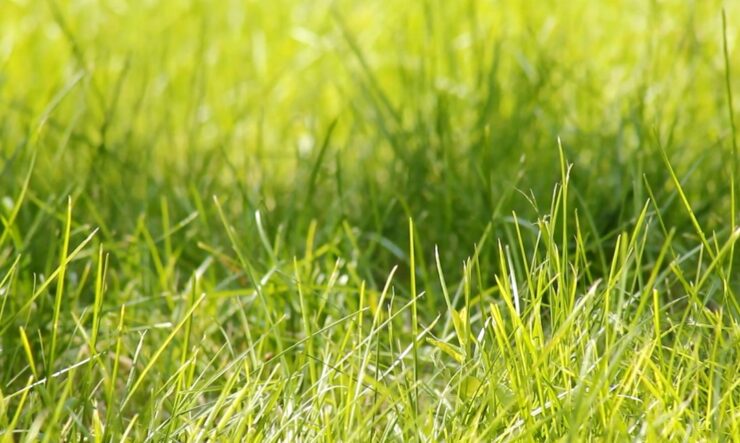
Bermuda grass is a popular choice for Southern California lawns and can be planted during the summer with sufficient watering. This grass is known for its robustness and can grow in both clay and sandy soil thanks to its rhizomes and stolons.
Although it’s not as drought-tolerant as buffalo grass, it still has considerable tolerance to drought. Bermuda grass thrives in full sun and is not suitable for shaded areas.
It can be cut low and has good tolerance to foot traffic, making it an ideal option for high-traffic yards and fields during the warm months. Additionally, it’s a vigorous grower and will quickly repair itself if damaged.
In summary, Bermuda grass is a durable and versatile option for Southern California lawns. It can be grown almost anywhere with proper watering and can tolerate both clay and sandy soil. With its tolerance to foot traffic and ability to repair itself, Bermuda grass is an excellent choice for high-traffic areas that receive plenty of sun.
Zoysia
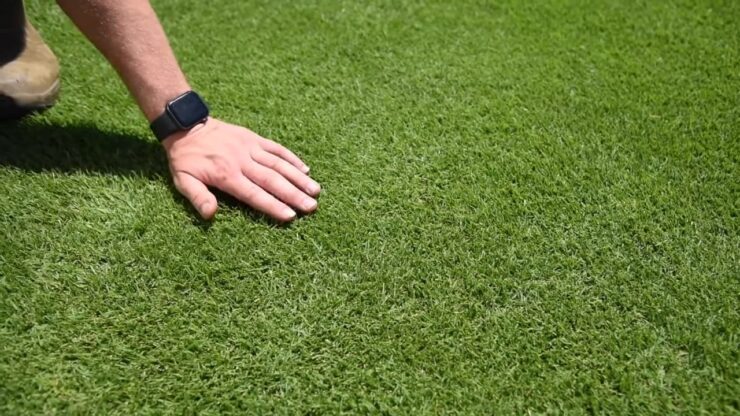
Zoysia is a warm-season grass that has partial shade tolerance, making it a great companion for Bermuda lawns that can’t handle any shade. This grass has high heat and drought tolerance and can tolerate cooler temperatures than Bermuda, making it more resilient to cold snaps in late summer.
Zoysia has both rhizomes and stolons, making it a durable option for high-traffic areas. It can be cut low, like Bermuda, or left high, like Buffalo or St. Augustine. Despite being a slow grower, Zoysia provides dense coverage that can choke out weeds better than other grass types. It can grow in both clay and sandy soil.
It is a versatile option for Southern California lawns that can tolerate partial shade and cooler temperatures. Its high heat and drought tolerance, coupled with its ability to withstand foot traffic, make it a great choice for high-traffic areas. With the ability to grow in different types of soil, Zoysia is a dependable and low-maintenance option for homeowners.
St. Augustine
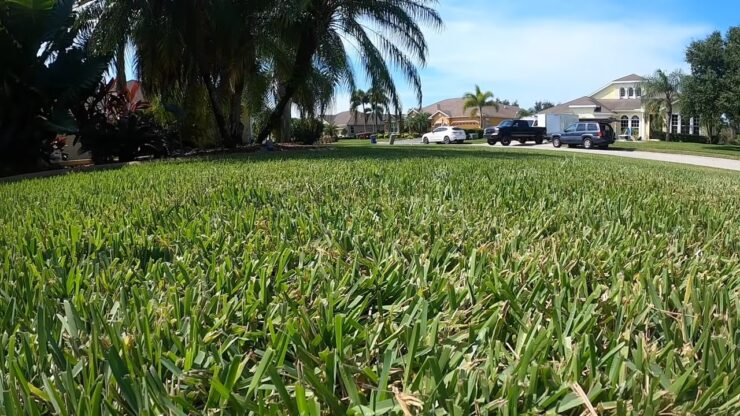
St. Augustine is a coastal grass that thrives in sandy soil found near the Pacific coast. It spreads rapidly with stolons, making it a great ground cover, but it’s not as dense as other summer grasses and is easily damaged by foot traffic.
As a grass that prefers coastal areas, St. Augustine requires higher humidity and more watering than other grasses. It can tolerate some drought conditions, but it will die rather than go dormant if it becomes too dehydrated.
To maintain moisture and protect its root system, St. Augustine prefers to have its blades kept long. While it’s easy to grow, this grass doesn’t produce usable seeds and must be installed as sod.
Cool-Season Grasses
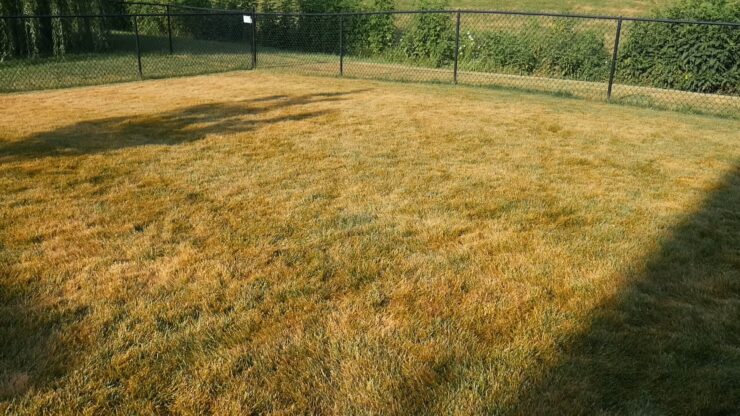
Although southern California has a reputation for being very hot, most of this portion of the state is in the transitional zone, where cool-season grasses will grow during spring and fall. Your choices for a cool-season ground cover include:
- Fescue
- Perennial Rye
- Kentucky Bluegrass
Fescue
Fescue grasses do best in sandy soil and can tolerate clay soil that has been amended with sand and organic matter. These grasses have deep roots that allow them to tolerate heat and drought better than other cool-season grasses, and they also have the highest shade tolerance.
Fescue grasses are bunch-type grasses that grow in individual groups from individual seeds, making them suitable for lawns or sections that don’t receive much foot traffic. However, fescue grasses are slow-growing and don’t spread to fill spaces, so they must be reseeded every season to maintain full coverage.
Perennial Ryegrass
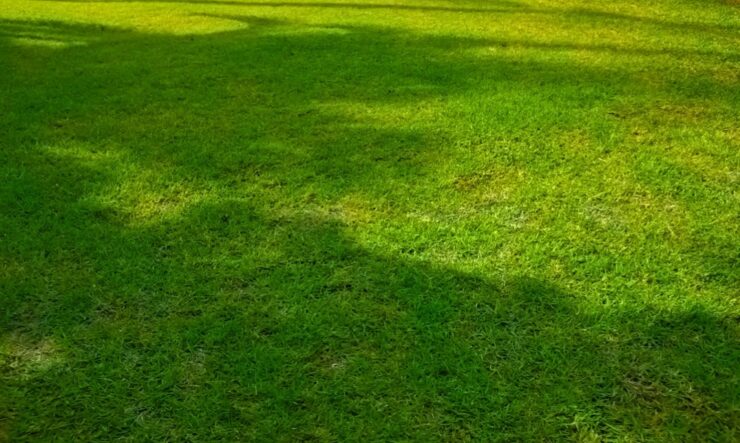
That is another bunch-type grass that can grow in clay-heavy, sandy, or loam soil. It’s a good choice for cool-season lawns, but it doesn’t do well in hot or dry conditions and also doesn’t tolerate extremely cold weather. It has a high shade tolerance and can be mixed with other cool-season grasses for a dense lawn. Perennial ryegrass is a fast grower during its season.
Kentucky Bluegrass
It is a hardy cool-season grass that can tolerate low temperatures, frost, and snow over the winter. Kentucky Bluegrass has rhizomes that build up a dense turf that can tolerate wear and repair itself quickly when necessary.
However, bluegrass has a high water requirement and doesn’t have much drought tolerance. When dehydrated, the grass will go dormant and can revive quickly when rehydrated. Kentucky bluegrass loves full sun and is a good option for fields and backyards.
It’s a fast grower, and fescue and ryegrass may be overseeded in a bluegrass lawn for full, tight coverage.
When Should I Plant Grass Seed In Southern California?
The planting season for grass in Southern California varies depending on your location, with a shorter season in the northern parts of the region.
In the southern interior areas, warm-season grass can be planted from late winter to summer, while cool-season grass can be planted in mid to late fall for winter greenery. In the northern areas, the cool seasons are longer, and cool-season grass should be planted in early fall and early spring.
Warm-season grass, on the other hand, should be planted from early spring to early summer. Knowing the right planting season for your grass type and location is crucial for a healthy and vibrant lawn.
While mastering the art of greening up your Southern California yard, explore the vibrant lifestyle opportunities available at The Landing at Long Beach, a community that beautifully complements the natural charm of your outdoor oasis.
FAQs
What Grass Stays Green All Year in California?
There are a few grass types that can stay green year-round in California, depending on the region and conditions. Some of these grasses include Bermuda grass, Zoysia grass, St. Augustine grass, and Kentucky bluegrass.
However, it’s important to note that even these grasses may go dormant or turn brown during extreme weather conditions or periods of drought. Proper lawn care, including regular watering and fertilization, can help keep your grass healthy and green year-round.
What Is the Most Low Maintenance Grass?
The most low-maintenance grass typically depends on the climate and growing conditions of the region.
In general, some of the most low-maintenance grasses include Bermuda grass, Zoysia grass, and Buffalo grass for warm-season lawns, and Fine Fescue and Kentucky bluegrass for cool-season lawns.
These grasses have relatively low water and fertilizer requirements and can tolerate some neglect, making them great options for homeowners who want a lush lawn with minimal effort.
However, it’s important to note that all grasses require some level of care, and regular mowing, watering, and fertilization are essential for maintaining a healthy lawn.
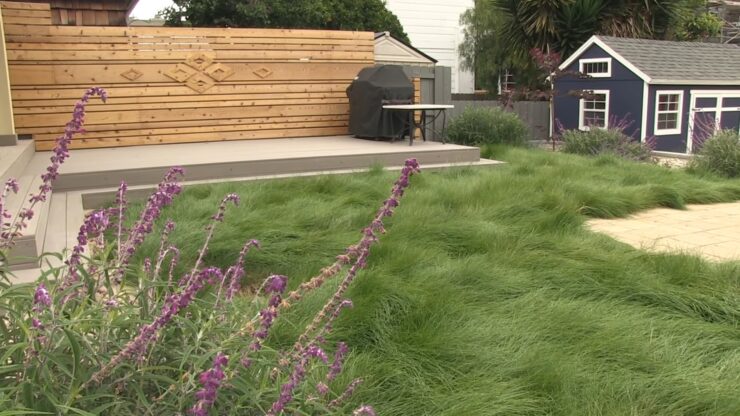
What Is the Best Grass Mix for Southern California?
The best grass mix for Southern California depends on several factors, including the specific location, soil type, and intended use of the lawn. For a lawn that receives a lot of foot traffic, a warm-season mix of Bermuda grass and Zoysia grass can be a great choice.
These grasses are both durable and have high heat and drought tolerance. For lawns with some shade or that require less maintenance, a cool-season mix of Fine Fescue and Kentucky bluegrass can be a good option.
Fine Fescue has high shade tolerance and is low maintenance, while Kentucky bluegrass can withstand wear and repair itself quickly.
What is the best grass for hot and sun?
The best grass for hot and sunny conditions is typically a warm-season grass that can tolerate high temperatures and direct sunlight. Some of the best warm-season grasses for hot and sunny climates include Bermuda grass, Zoysia grass, and St. Augustine grass.
These grasses have high heat tolerance, deep roots that can access moisture, and the ability to repair themselves quickly.
These grasses have high drought tolerance and require less water than many other grass types. However, it’s important to note that even these grasses will require some level of care, including regular watering and fertilization, to maintain their health and appearance.
What Type of Grass Is the Most Drought-Resistant?
The most drought-resistant grass types are typically warm-season grasses that have deep roots and can access moisture deep in the soil. Bermuda grass, Zoysia grass, and Buffalo grass are some of the most drought-resistant grasses.
These grasses have high drought tolerance and can withstand prolonged periods of hot and dry weather without going dormant or dying. They require less water than many other grass types, making them great options for water conservation.
However, it’s important to note that even these grasses will require some level of watering to maintain their health and appearance, especially during prolonged periods of drought. Proper lawn care, including regular watering, fertilization, and mowing, can also help promote the growth and health of a drought-resistant grass lawn.

